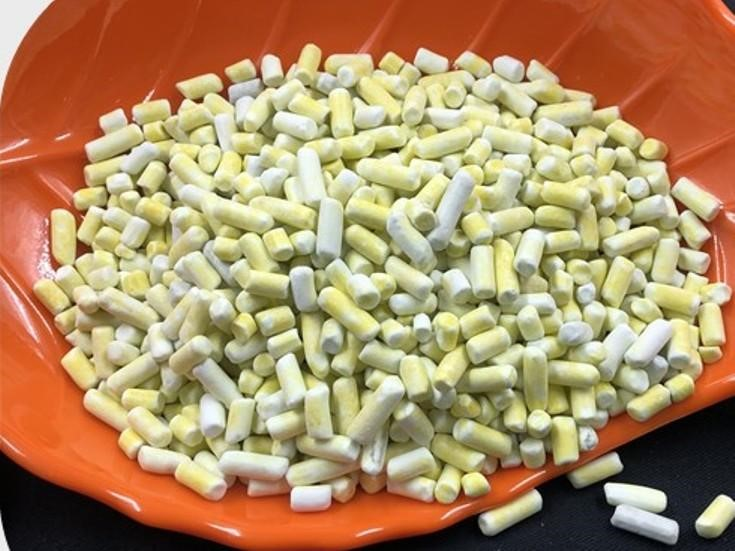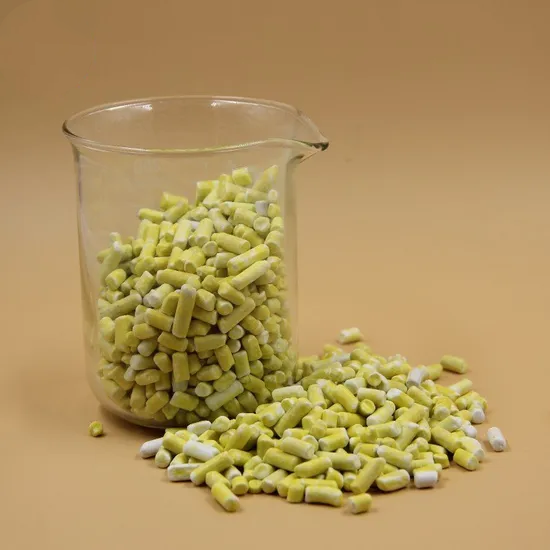Xanthates: Comprehensive Guide on Applications, Variants, and Safety Measures
Xanthates, a diverse group of organosulfur compounds, are widely recognized for their distinctive yellow to golden hue—derived from the Greek word “xantho” meaning yellow. With their characteristic odor, these chemicals have become essential in various industrial processes, particularly in mining and froth flotation.

Catalog
Overview and Industrial Uses
Xanthates are primarily utilized as collectors in the mining industry, facilitating the extraction of valuable ores such as gold, copper, zinc, nickel, and even sulfur-bearing minerals. They are also employed in the production of polymers and cellulose-derived cellophane. Despite their industrial importance, xanthates are hazardous; they exhibit toxic effects on both human health and the environment, are combustible, and require strict handling protocols to prevent accidents.

Key Types of Xanthates
Several variants of xanthates exist, each with unique properties and applications. The most commonly used types include:
1. Sodium Ethyl Xanthate (SEX)
- Appearance & Properties: Typically available as yellowish pellets or powder, this compound is the sodium salt derivative of a C₂ alkyl alcohol. It is highly soluble in water.
- Applications:
- Widely used in copper mining as an effective collector and flotation agent.
- Efficient in the recovery of low-grade ores, particularly in extracting sulfur-containing minerals.
- Serves as a precipitant in hydrometallurgical processes, assisting in the sulfidation of rubber and refining zinc electrolytes.


2. Sodium Amyl Xanthate (SAX)
- Appearance & Properties: Exhibiting a slightly yellow to gray-yellow color, SAX is available in both powder and pellet forms and is known for its strong, pungent odor. It is water-soluble but decomposes readily under acidic conditions or heat.
- Applications:
- Highly sought after in mining for the extraction of precious metals.
- Effective as a flotation agent for sulfide ores and non-ferrous metal minerals.
- Also used in various hydrometallurgical processes and as an accelerator in rubber vulcanization.
3. Sodium Isopropyl Xanthate (SIPX)
- Appearance & Properties: This variant can be found in both pellet and powder forms. The powdered form is typically yellowish-white and deliquescent, while the pellet form may display a yellow or slightly green hue. Its odor varies from a strong, pungent smell in powder to a sulfur-like aroma in pellets.
- Applications:
- Acts as an excellent collector for non-ferrous metallic sulfide minerals, thanks to its polar groups that enhance mineral surface adhesion.
- Utilized in pharmaceutical manufacturing, notably in the production of drugs like pantoprazole.
- Serves as a froth flotation agent in mercury separation and finds use as an herbicide as well as in rubber curing and antioxidant formulations.

4. Sodium Isobutyl Xanthate (SIBX)
- Appearance & Properties: Often encountered as a pale-yellow crystalline solid or powder, SIBX is hygroscopic and has an odor reminiscent of carbon disulfide. It is water-soluble but may form insoluble compounds with certain metallic ions.
- Applications:
- A reliable collector in the flotation of non-ferrous metallic sulfide ores, particularly for copper, zinc, and lead.
- Employed in rubber curing, vulcanization, and as an antioxidant.
- Used in analytical procedures, as well as in the formulation of herbicides, pesticides, fungicides, and even as a lubricant additive in high-pressure systems.
5. Potassium Amyl Xanthate (PAX)
- Appearance & Properties: PAX typically appears as a yellow or pale-gray substance in pellet, powder, or even solution form. It has a strong, unpleasant odor similar to carbon disulfide and is hygroscopic.
- Applications:
- Functions as a non-selective collector, effective in the flotation of oxide sulfide, copper ores, and lead.
- Utilized in scavenger flotation operations and as a surface-active agent in rubber processing.
- Also aids in pH correction when used in conjunction with lime.

Safety, Production, and Environmental Considerations
Safety Measures:
Due to their toxicity and combustibility, xanthates must be handled with extreme care. Exposure can pose risks to human health, and accidental release can negatively impact the environment. Proper storage—away from heat sources, direct sunlight, and incompatible chemicals—is essential, along with the use of personal protective equipment (PPE) and adequate ventilation in working environments.
Manufacturing Process:
Xanthates are produced via a process known as xanthation, where carbon disulfide reacts with alcohol and an alkali (typically sodium hydroxide or potassium hydroxide) to form an alkoxide intermediate. This intermediate subsequently reacts with carbon disulfide to yield the xanthate product.

Global Production:
Major producers of xanthates include China, the USA, the UK, and India. With growing demand worldwide—especially in emerging markets—these regions have ramped up production to meet industrial needs.
Bulk Purchasing:
While xanthates may be available in smaller quantities locally, procuring them in bulk is best done through direct importation from manufacturers. This approach not only ensures certification and quality assurance but also often results in significant cost savings compared to purchasing from local distributors.

Conclusion
Xanthates play a pivotal role in modern industrial applications, particularly in mining and flotation processes. Despite their beneficial properties as collectors and flotation agents, the inherent hazards associated with these chemicals necessitate strict adherence to safety protocols. By understanding the nuances of each xanthate variant and their proper handling, industries can harness their capabilities effectively while mitigating risks. For bulk procurement, engaging directly with reputable manufacturers is recommended to ensure quality, compliance, and economic efficiency.
If you require bulk quantities of this chemical, you can buy Xanthates on our website., please feel free to contact at feronia@wit-stone.com | +86-15655559799
Resource Link: More About Xanthates



